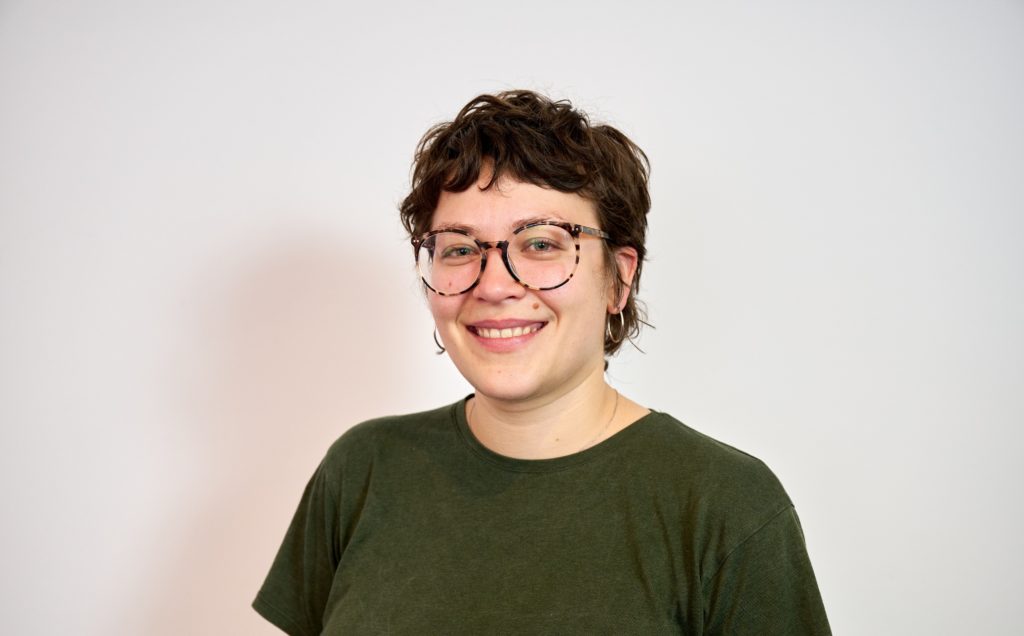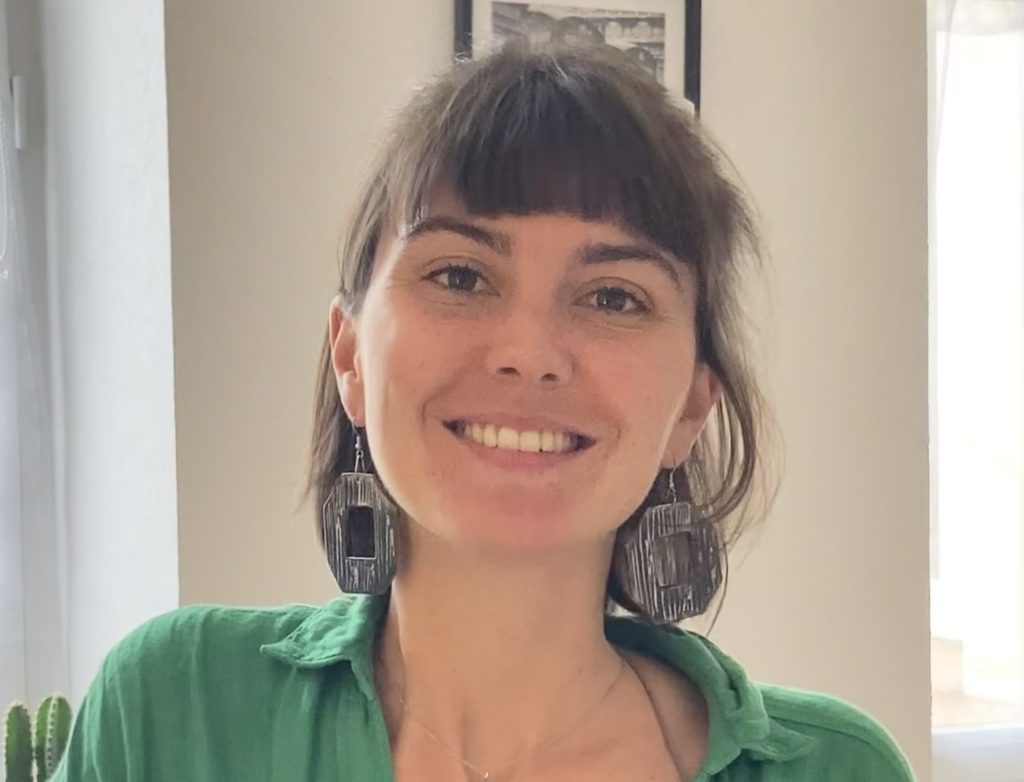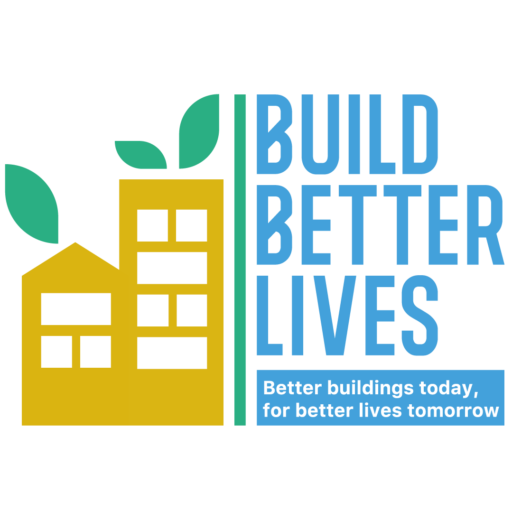
Written by Pia Wieser (she/her), Energy, Gender & Climate Project Manager at Women Engage for a Common Future (WECF) Germany.

Written by Marilys Louvet (she/her), Energy, Gender and Climate Project Manager at Women Engage for a Common Future (WECF) Germany.
Around 10.6% of European Union (EU) citizens were affected by (winter) energy poverty in 2023 and were unable to heat their homes sufficiently, a significant increase compared to 6.9% in 2021. Although having this mean data is a good way to track overall trends, energy poverty is not equally distributed across the EU population. Who experiences energy poverty is linked to structural and socio-demographic factors such as gender, age, race, income and wealth, which intersect with other factors and perpetuate inequalities.
Although energy poverty is increasingly integrated into the European Commission (EC) decisions, the importance of gender-transformative and intersectional approaches is only partially recognised and pushed for by EU institutions and is rarely translated into actionable policies at Member State level (e.g. see NECP). The right to energy has been recognised by the EU since 2021, and in May 2023, the EU adopted the Regulation 2023/955 introducing the mandatory reporting of EU Member States’ commitments in the form of National Social Climate Plans by 30 June 2025. In addition to hoping that these plans will be ambitious (and delivered on time), we also hope that the gender dimension of energy poverty will be appropriately mainstreamed in the plans, as requested by §24 of the Regulation.
Why gender matters in energy poverty debates and policies
The work of the Energy Poverty Advisory Hub (EPAH) has been fundamental in building a common understanding of energy poverty, while focusing its guidance on the local context. EPAH acknowledges that susceptibility to energy poverty is determined by interlinked factors and refers to five main categories: socio-demographic characteristics, household composition, health, energy literacy, and cultural factors. Nevertheless, EPAH does not include gender among socio-demographic characteristics. But energy poverty reflects structural gender inequalities at several levels – including cultural, decision-making, economic, and health dimensions.
On the one hand, gender roles shaped by societal norms reinforce stereotypes, with women often taking on unpaid care roles, while engaging less in paid work and being confronted with increasing gender-pay- and pension-gaps. These norms and roles have further implications, for example, for energy consumption behaviour, where men generally use more energy for mobility, while women use more energy for care and reproductive work at home (see Umweltbundesamt). The unequal distribution of financial capital limits WLINTAs to invest in energy efficiency, renovation or PV/heat pump technologies.
On the other hand, decision-making processes in energy policies are predominantly shaped by men, neglecting the specific energy needs of all genders, especially those affected by energy poverty. Taking the impacts of energy poverty on (mental) health into account makes it evident that the people living in energy poverty are at a heightened risk for example, respiratory diseases and depression. Analysing who spends most time at home and who is responsible for managing the home, energy bills, etc., brings to the forefront an evident gender axis to the fore.
Another perspective that needs to be considered is the intersectional understanding of inequalities, which shows the interrelatedness of different dimensions of exclusion at play in complex issues such as energy poverty.
Why we need more gender disaggregated data on energy poverty
On behalf of the European Economic and Social Committee (EESC), WECF has conducted a study on gender-disaggregated data on energy poverty which was published in May 2024. Our study, based on literature review, policy analysis and original research, identifies factors that are involved in the gender-energy poverty nexus in the EU through considering two main axes of analysis.
First, using a risk perspective, we investigated which intersectional structures and inequalities favour the risk of being affected by energy poverty. We considered multidimensional risk factors and examined, for example, how gender intersects with age, health and income inequalities exacerbating the risk of energy poverty. We found that retired women over the age of 65 are particularly at risk. When we consider the condition of buildings, other risk axes become apparent. The study alludes to unexplored groups at risk, for example, by recognising the often overlooked dimensions of energy poverty in LGBTQIA+ communities whose members face an increased risk due to the reproduction of other forms of structural exclusion that prevent them from accessing services and rights, such as adequate housing, health services, etc.
We complemented this analysis with a lived experiences perspective that explored how gender inequalities and their intersections with other power dynamics influence the ways in which people experience energy poverty. We described the impact of traditional gender norms on women’s and men’s experiences of energy poverty in their daily lives, examining gender-specific effects on their physical and mental health in relation to the double burden of care work and labour mostly experienced on women’s side and the role as the economic “provider” traditionally placed on the men’s side. The study also highlighted some cases of domestic abuse in connection to energy poverty, where economic constraints, exacerbated by energy poverty, intensified tensions and the threat of withholding access to energy amenities, such as heating or cooling, became a potent means of asserting control.
Why we need to find social and inclusive solutions together to address energy poverty
Renewable energy, particularly through community-led initiatives, has the potential to reduce energy poverty by enhancing access and affordability while providing environmental and health benefits. Similarly, small and large scale renovations are crucial for energy poverty reduction by addressing issues such as inadequate insulation and outdated heating and cooling systems. However, most Action Plans and funding programmes that support the energy transition on the consumer side, do not address people living in energy poverty, nor tenants or low to middle income earners.
Citizen-led initiatives such as Energy Communities can actively integrate energy efficiency renovations in their activities and collaborate with local governments to develop initiatives that consistently include the needs and preferences of community members. At present, however, the involvement of citizen-led initiatives such as Energy Communities in energy poverty alleviation activities in Europe is rather low, as is the participation of people experiencing energy poverty as members of energy community programmes.
GENDER4POWER – 4 years to bring households affected by energy poverty to the decision-making tables
Meanwhile, to address the intersectional dimensions of energy poverty, the GENDER4POWER project is implementing a holistic, gender-responsive, multi-stakeholder, people-centred approach to energy poverty solutions. These are grounded in the needs and experiences of local citizens in six pilot locations across Europe (Slovenia, Austria, Spain, Greece, Lithuania, Germany). GENDER4POWER aims to ensure that, in carrying out actions to alleviate energy poverty, the residents, including people from all unequally represented groups, are given an early and meaningful opportunity to participate in the design and implementation of actions.
To achieve this, the EU LIFE-funded project strengthens the skills of those affected by energy poverty and different stakeholders in charge of acting against energy poverty at the local level (including local authorities, utility companies, energy communities and civil society organisations). By working directly with people experiencing energy poverty through an ambassador programme and engaging with citizen or municipality-led initiatives, the approach allows for the identification of community-specific energy needs and the development of tailored solutions for small and deep renovations and other renewable energy measures.
The project will develop comprehensive and intersectional approaches to promote social and gender justice in addressing energy poverty by creating tailored gender-responsive methodologies for the local, national and EU contexts. More info about GENDER4POWER project here or contact us at energiekern@wecf.org.
